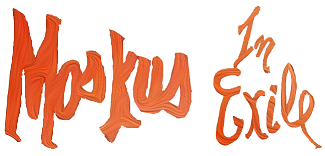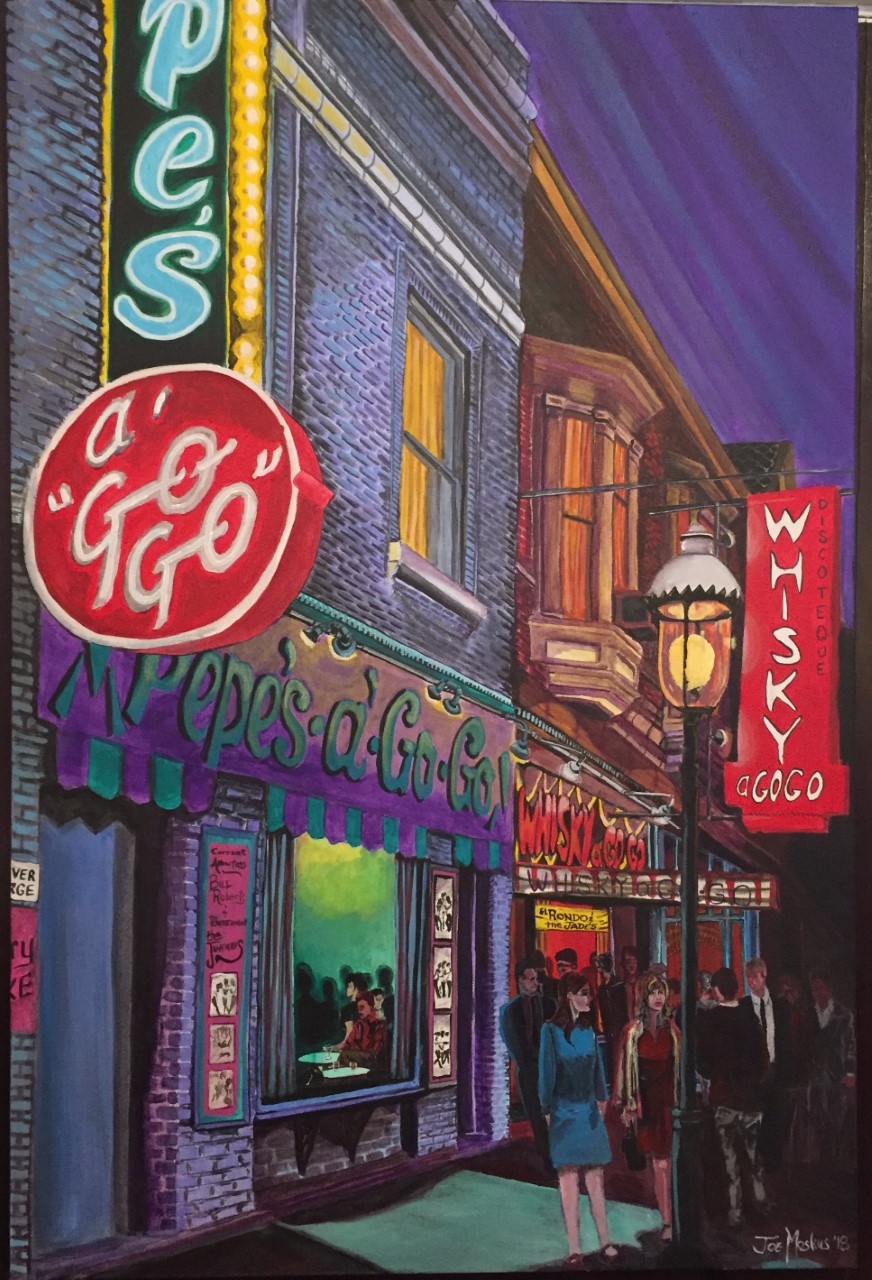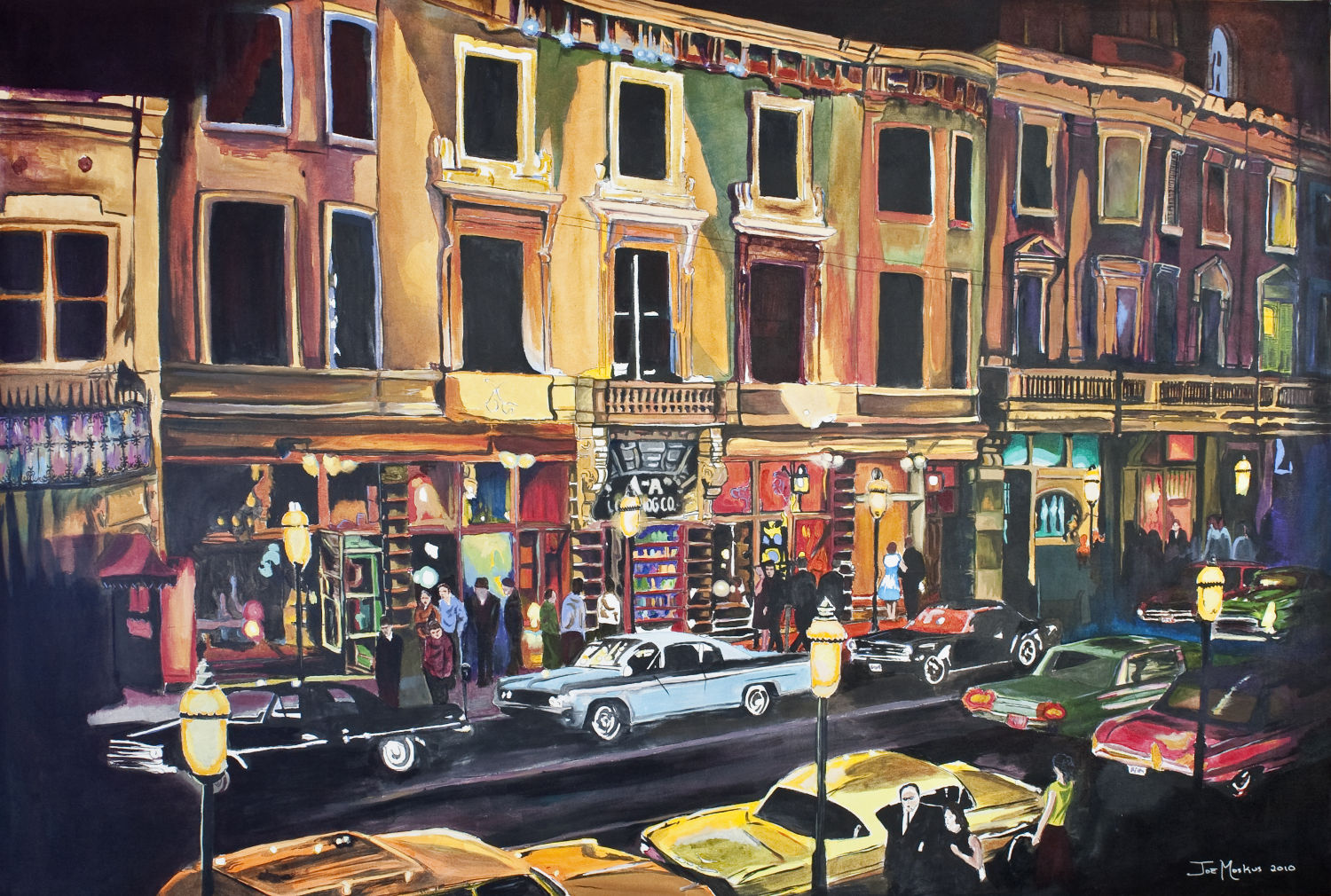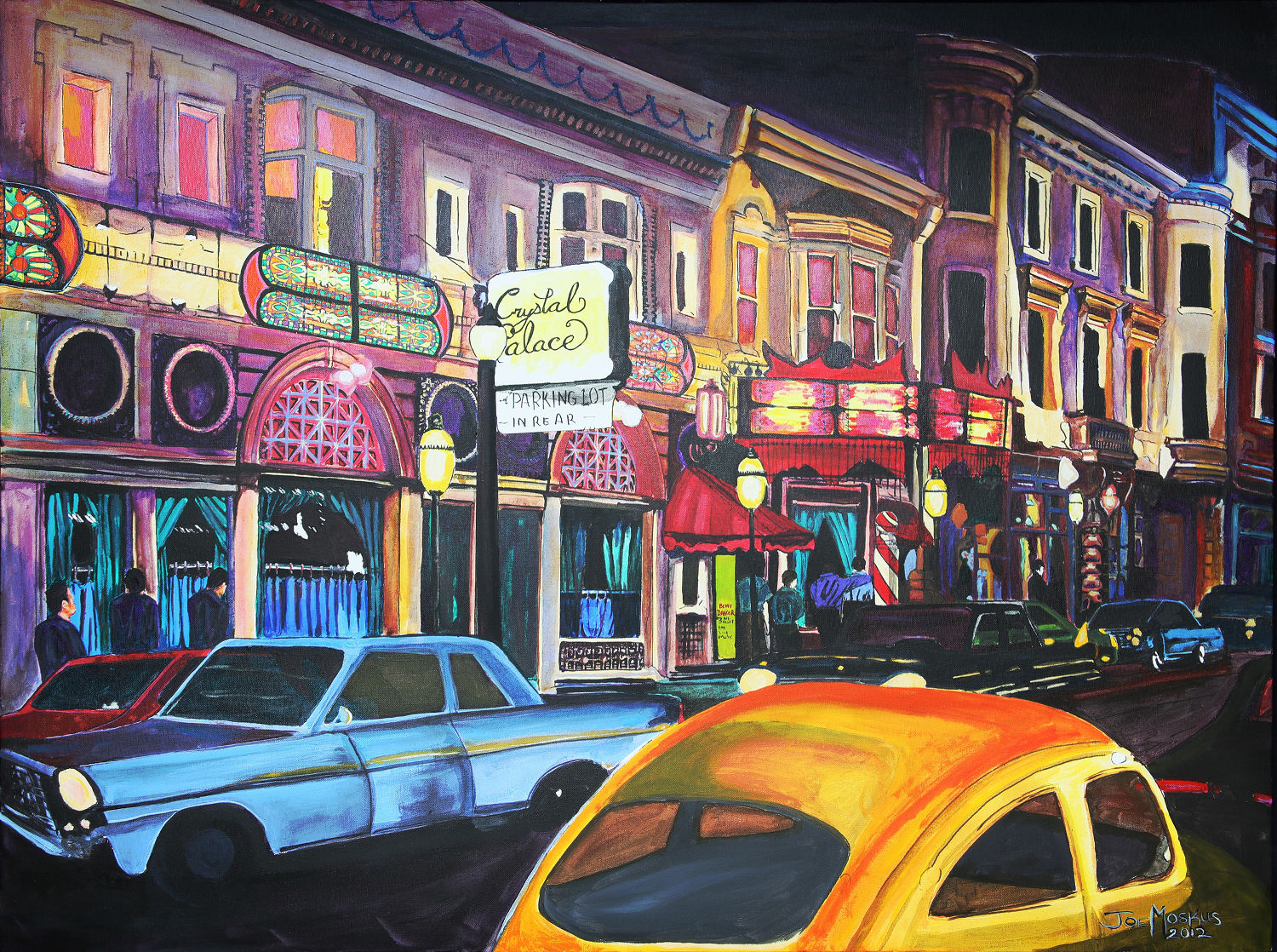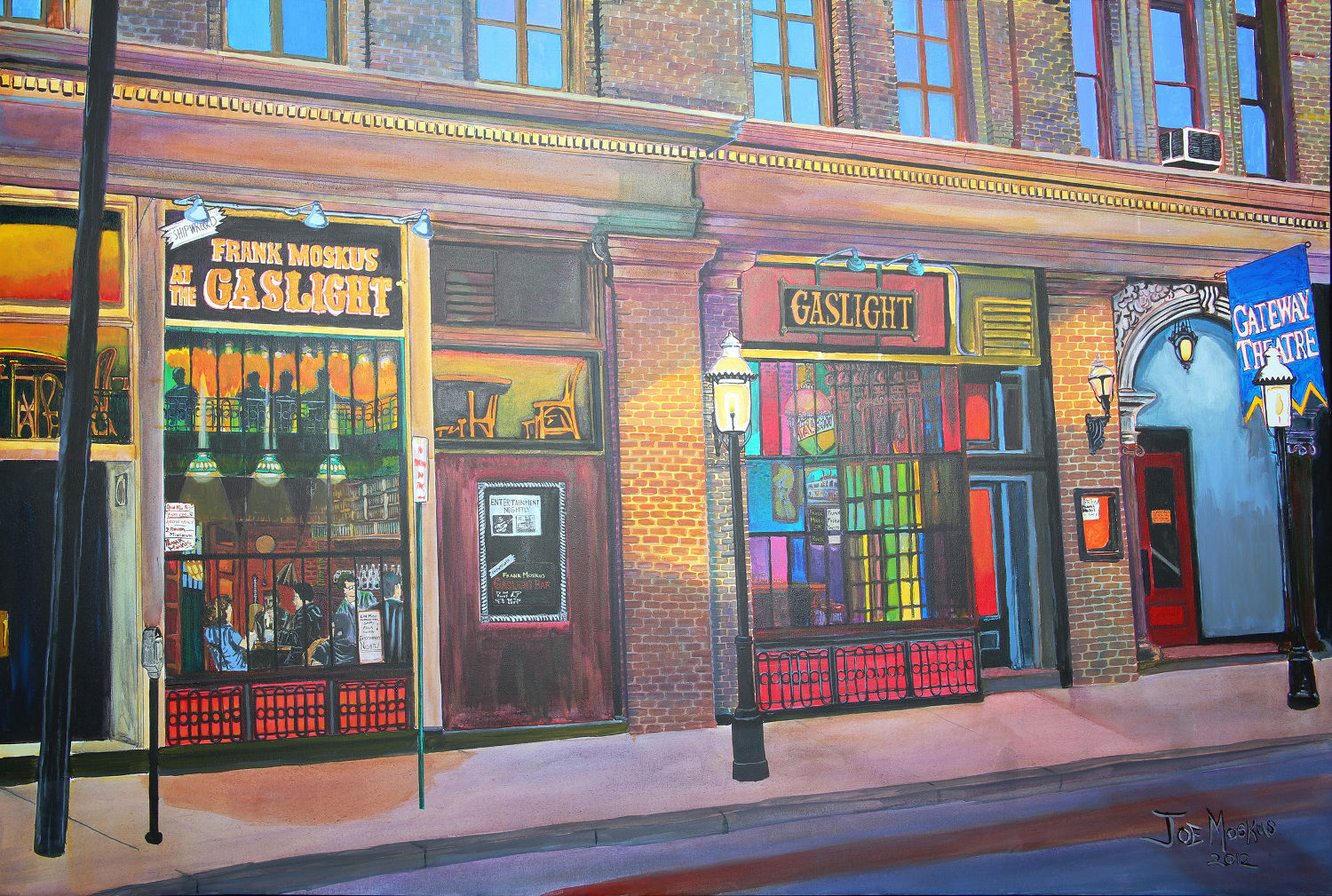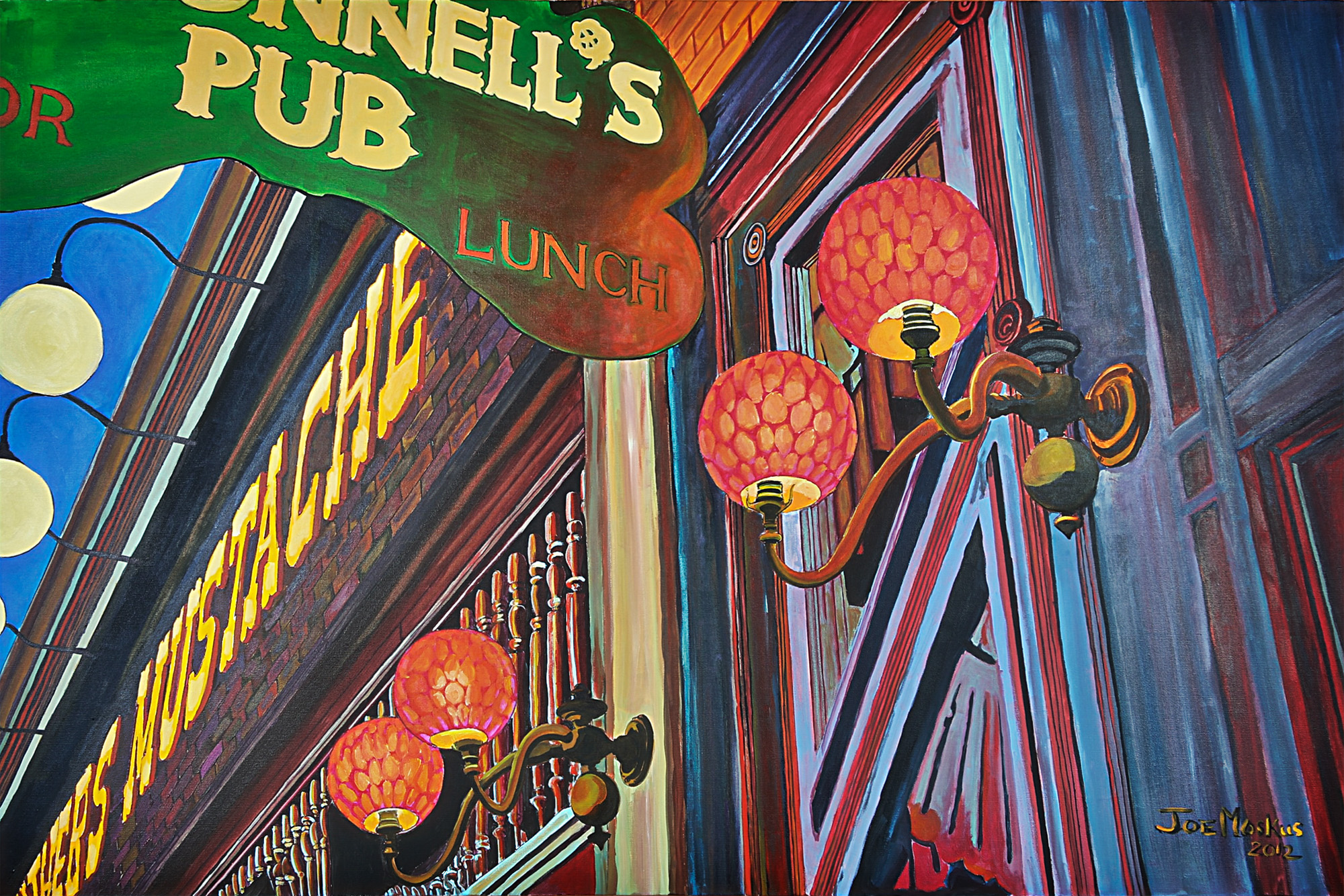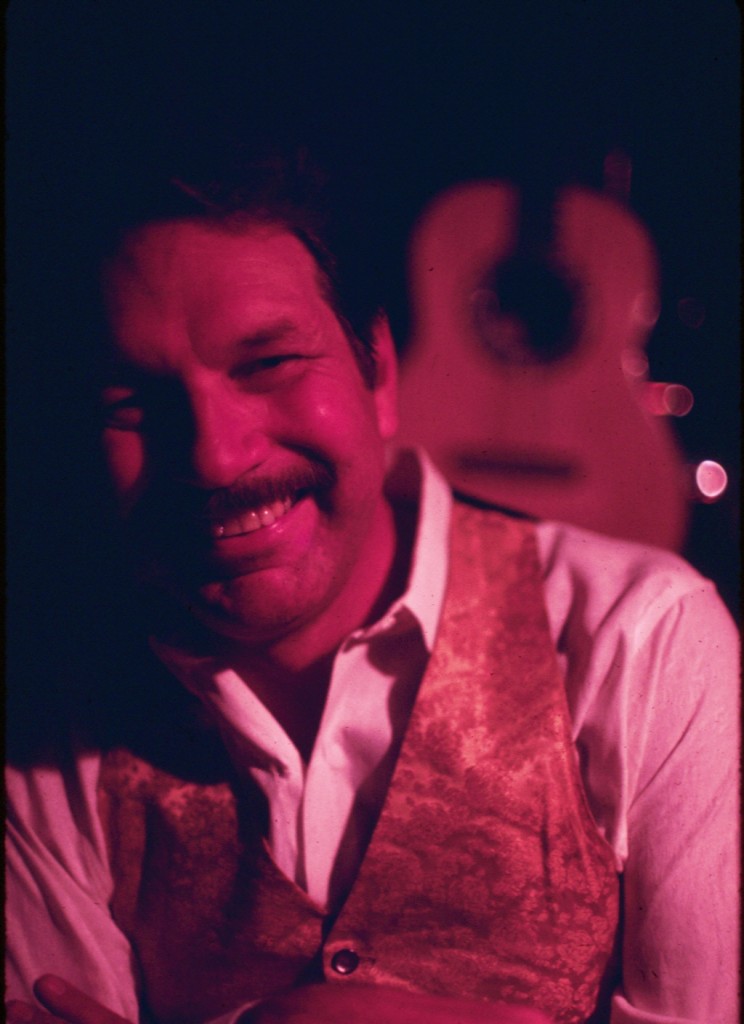Gaslight Square
GASLIGHT SQUARE
An urban-social phenomenon occurred in St. Louis in a period of a little more than 11 years, starting at a time when a tornado hit the area, in 1959 until early 1960. It was called Gaslight Squared, a concentrated area of restaurants, night clubs, theatres and unique shops, all within an area of a few blocks. It was well patronized by St. Louisans and became nationally known. It was as though a patch of overnight mushrooms had sprouted from some rich spore. That spore was a group of creative, imaginative, often unorthodox, a little askew at times, individuals who acting on their won, built their clubs and restaurants in their own fashion.
The created these places of entertainment and dining, often with a minimum of investment, using stained glass, rococo carvings, chandeliers and such obtained from St. Louis mansions that were being razed at the time. The first stirring of what was to become Gaslight Square started, before the time of the tornado, in the Gaslight Bar at 422 Boyle at Olive Street, a charming drinking spot decorated with turn of the century furnishings gleaned from demolished homes and antique shops. It was owned by the Mutrux Brothers and lorded over by a cantankerous, opinionated professor-turned-bartender by the name of Jack O’Neal who gathered about him a coterie, who during Happy Hour had earth shaking debates and confrontations. It eventually became the “In” place where one could meet interesting people and hear some stimulating dialogues.
One of this group, Jay Landesman, built the “Crystal Palace,” a theatre/bar, nearby on Olive Street. As an antique dealer he had access to material for ornamentation: elaborately carved back bars, marble busts, fixtures, crystal chandeliers. The front of the building and the garden in back were festooned with stained glass, ornate grill work, which upon closer inspection turned out to be old elevator doors, bedsteads and metal sides of old school desks. When Lenny Bruce, satirist, performed there he called the decor, “Early Halloween;” but the overall effect when lit up at night was impressive.
The Crystal Palace offered theatre to St. Louis audiences, the like of which they might never had gotten to see, outside of New York: avant-garde, anti-theatre and original works both dramatic and musical. Some of the performers who appeared there, may before they were well known were Barbara Streisand, Phyllis Diller, the Smothers Brothers, Elaine and Mike Nichols, Bobby Short and Alan Arkin.
The Gateway Theater was in the Musical Arts Building at Olive and Boyle and featured St. Louis actors such as Jack Murdock and Chris King.
Another of the group, an antique dealer, Jim Massucci, a self styled “Environmental Engineer” created three places in the Square: “The Exit,” “Vanity Fair” made of telephone booths and the very beautiful “Golden Eagle” with its polished wood and walls made of old glass theatre slides.
Nearby was the “Opera House.” Its decor consisted of hundreds of croquet balls threaded on spindles. Singleton Palmer’s jazz group played there for a number of years.
Gaslight Square took up only the space of a few blocks, but it was packed with the establishments crowded side by side. Cars thronged the streets and crowds of people milled about from one attraction to another. The last street car line in St. Louis ran on Olive Street and discharged its passengers into the melee of bright lights and sounds of music coming from different doorways. The whole carnival like scene was punctuated by rows of gas lamps that had been salvaged from the old streets of the city.
A person could wander from place to place, like a bee collecting pollen. You could choose to eat French cuisine at the “Three Fountains;” a corned beef sandwich at “Two Cents Plain” or a slice of pizza at “Pino’s.” There was sedate dining at “Mr. D’s,” Italian food at “Bella Rosa,” Greek food at “Smokey Joe’s Grecian Terrace,” seafood at “Port of St. Louis,” Japanese at “Katubuki,” pimento beef sandwiches at an Argentinean stand. “Tortilla Flat,” “La Ronda,” and “Avila’s” served Mexican food. A basement bar called “Cantina Chica” first saw St. Louis singer Jan Mahannah.
Over the years there were more than fifty different places in the Square: “Your Father’s Mustache” with a banjo band; “The Left Bank” with folk singers like Sunny McGee and Terry; the “Laughing Buddha” coffee house featured Peter of Peter, Paul and Mary when he played as a single; the “Roaring Twenties” was a speakeasy type bar equipped with a peephole door and gartered dancing girls; the “Dark Side” and the “Other Side” had some of the finest jazz music in the city with St. Louis favorite Jeannie Trevor performing there regularly.
“O’Connell’s Pub” served the largest, best hamburgers; “Jacks Or Better” had folk singers; “Marty Bronson’s” had classical singers who doubled as waiters. Ernie Helman’s “Magic House” had theatrical illusions.
There there was “Pepe’s A-Go-Go” and “Whiskey A Go-Go,” the “Gilded Cage,” the “Red Carpet,” the “Natchez Queen,” the “Lorelei,” “Bustles and Bowes,” and “Sir Edwards” which featured pianist Ceil Clayton. Dixieland Jazz was never played better than as at the “Tiger’s Den” featuring Sammy Gardner and Muggsy Spaniel.
During the eleven year period in Gaslight Square there were many changes in ownership and in some cases the names on the marquees changed as much as several times a year. In 1965, when his popular riverboat nightclub sank, Frank Moskus brought his act to the Square, taking over the operation of the original Gaslight Bar and the “Tres Bien” room next door, the home of the well known St. Louis group, The Tres Bien Quartet.
In 1968 and 1969, business began to wane in the Square, mainly because crime in the street started to drive away the patrons. It seemed to be at a time when inner cities in many parts of the U.S. were also suffering from this same problem. The phenomenon of Gaslight Square went as rapidly as it had come.
– Frank Moskus
